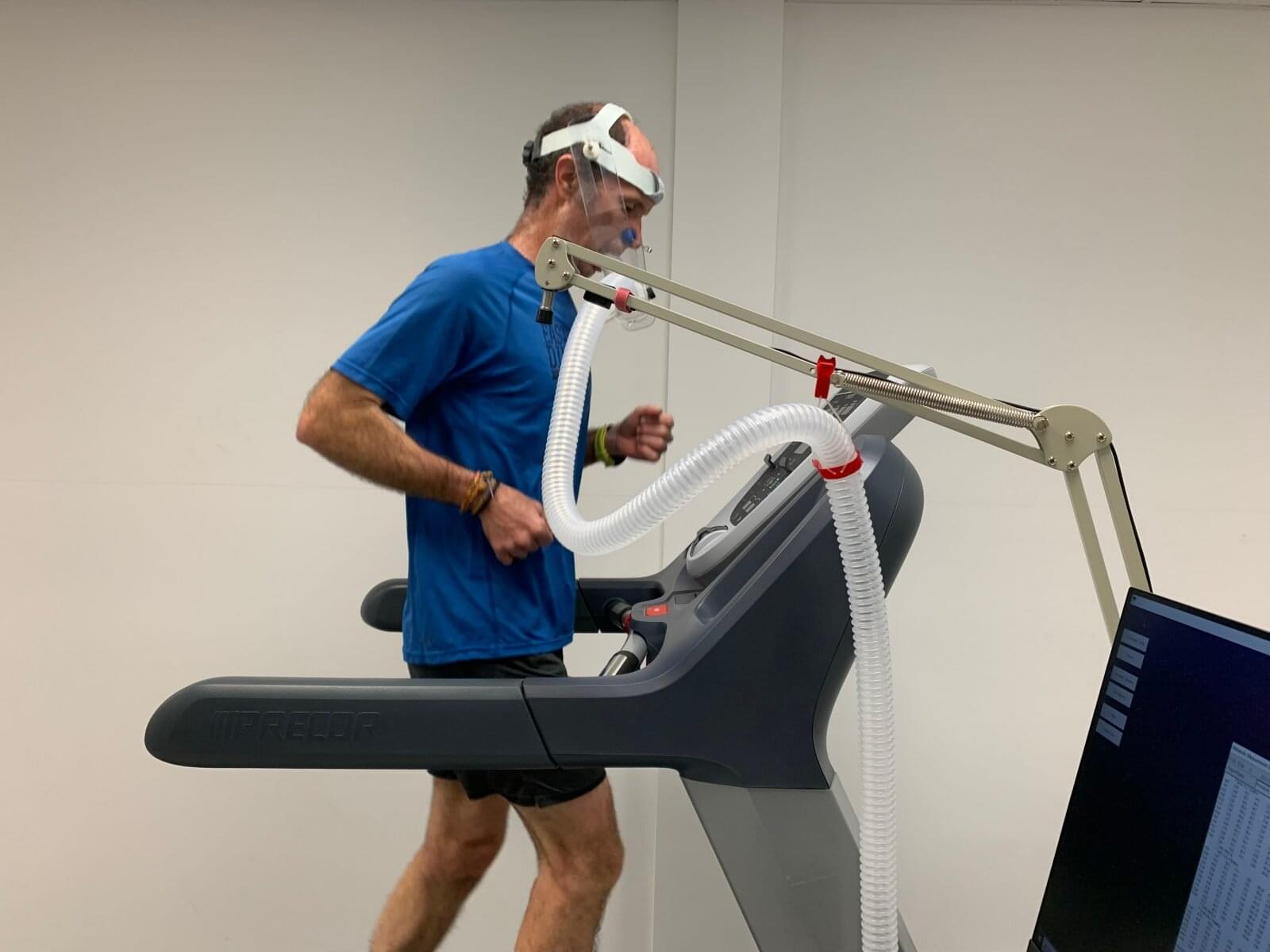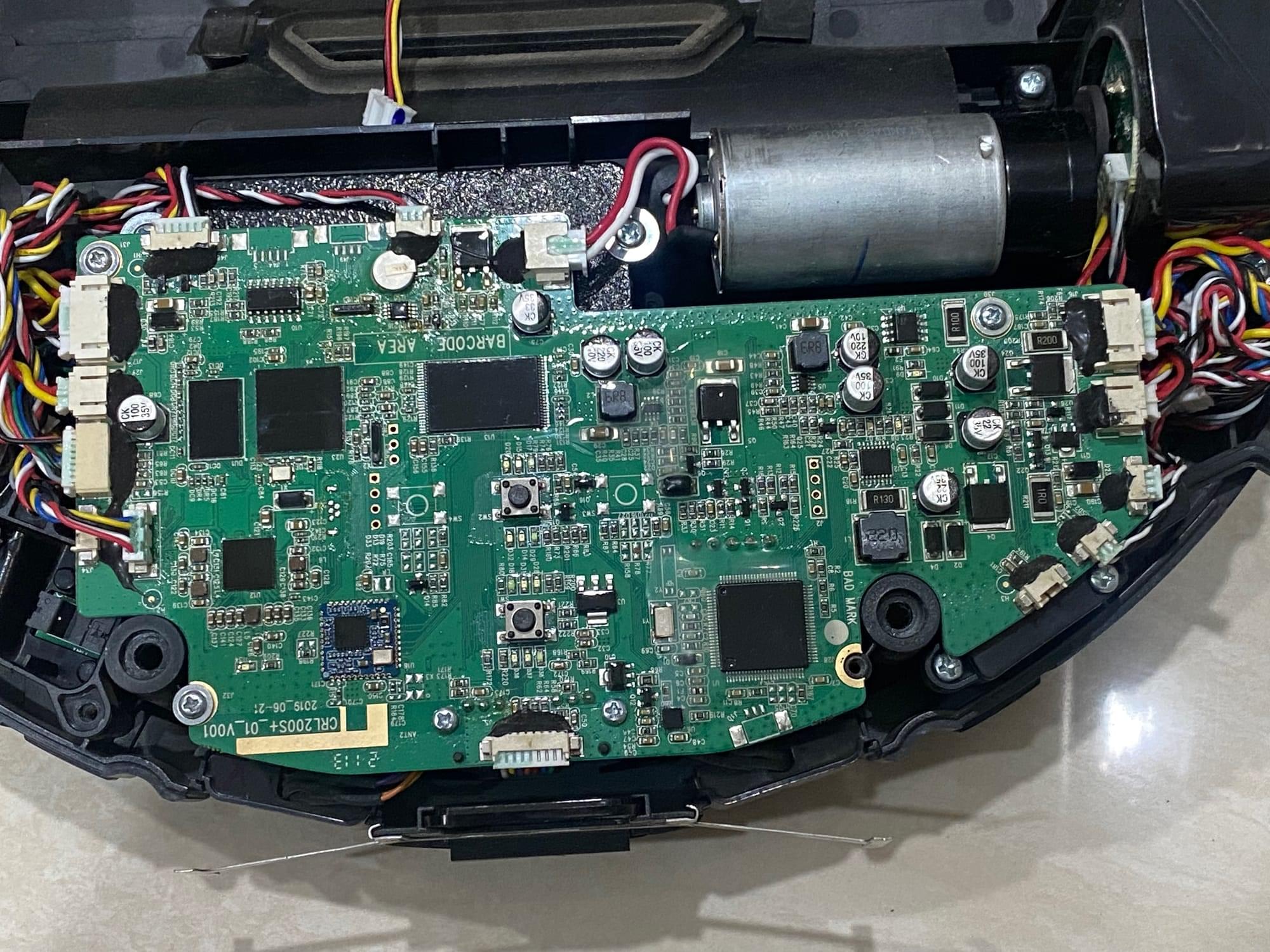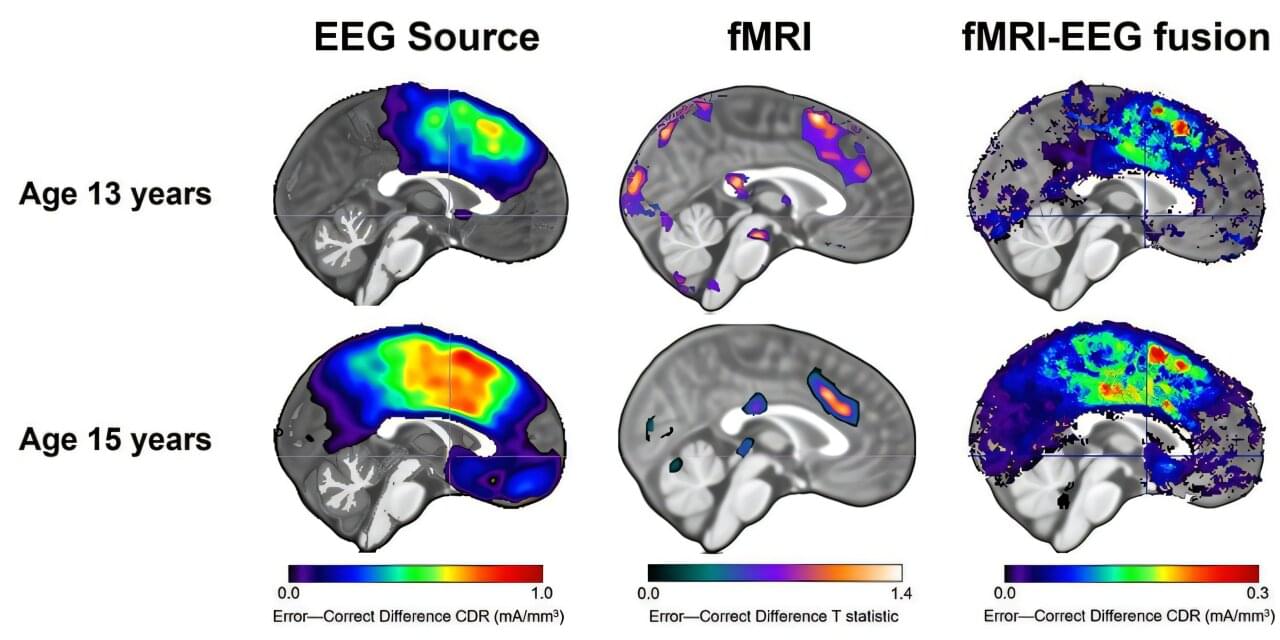Not many people realise how much posture impacts the body and mind. The way you hold yourself for 90–99% of the day has a powerful effect on your hormones and mood. Hunching over can lower testosterone and raise cortisol, while standing tall with your spine straight and shoulders back helps increase testosterone and reduce cortisol. You’ll also notice that when you’re upright, your breathing becomes deeper and easier, supporting relaxation and reducing stress. Slouching restricts breathing, leading to shallow breaths, lower oxygen levels, and negative effects on both energy and mood.
Slouching lowers testosterone:
Adjusting posture has the opposite effect: https://somaticmovementcenter.com/10-shocking-ways-posture-a…%20muscles, I%20gotten%20your%20attention%20yet?
Nervous about an upcoming presentation or job interview? Holding one’s body in “high-power” poses for short time periods can summon an extra surge of power and sense of well-being when it’s needed, according to Harvard Business School professor Amy J.C. Cuddy.





